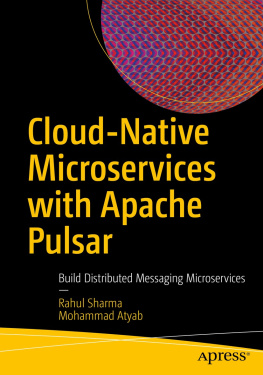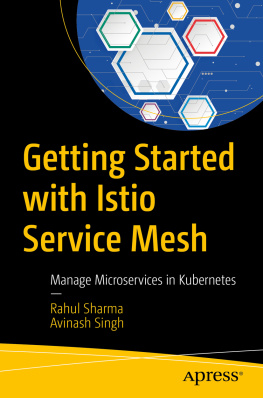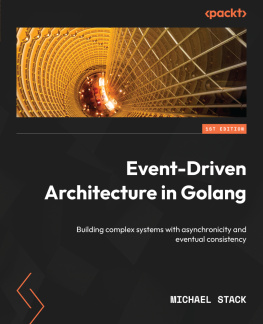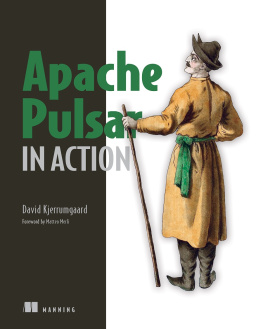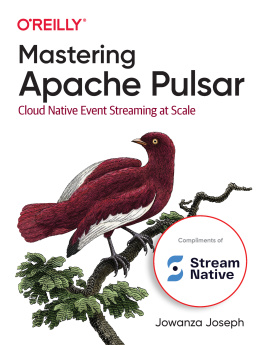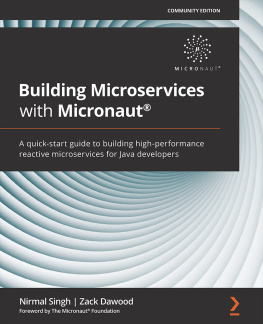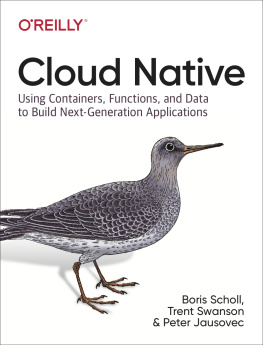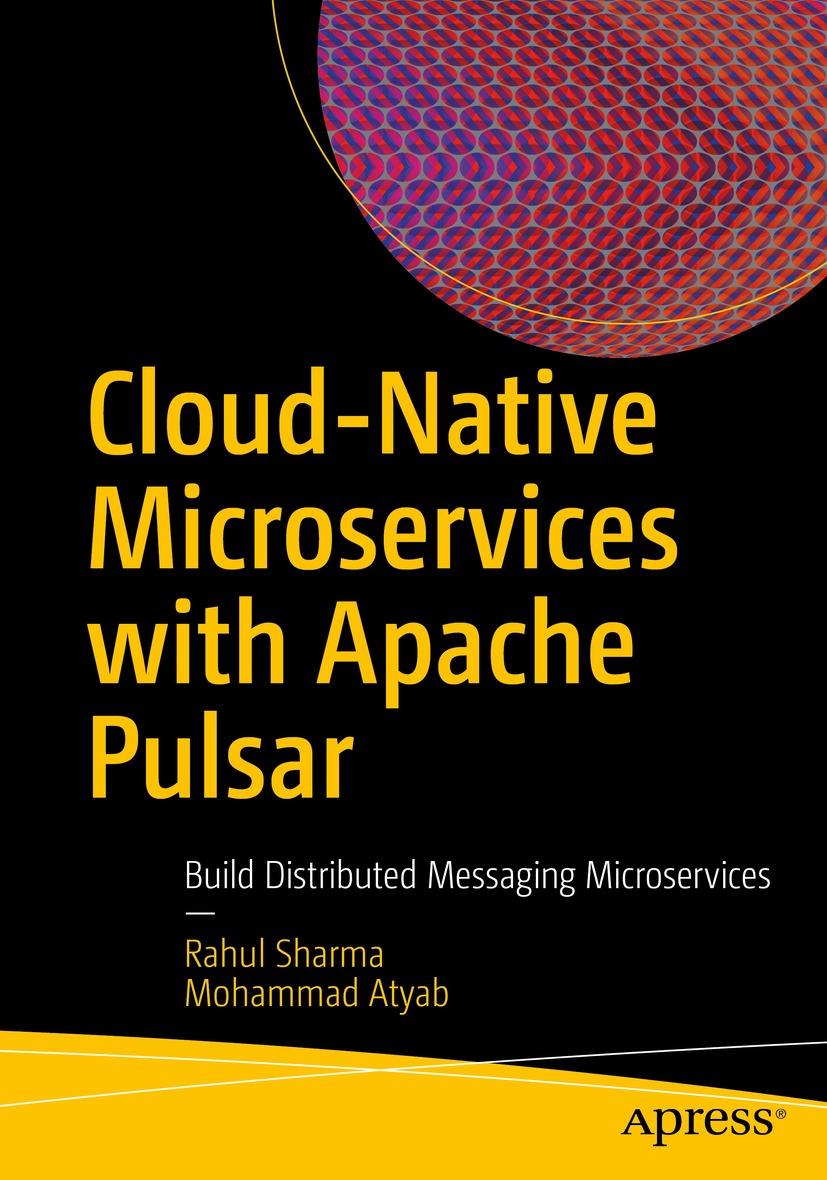Rahul Sharma - Cloud-Native Microservices with Apache Pulsar: Build Distributed Messaging Microservices
Here you can read online Rahul Sharma - Cloud-Native Microservices with Apache Pulsar: Build Distributed Messaging Microservices full text of the book (entire story) in english for free. Download pdf and epub, get meaning, cover and reviews about this ebook. year: 2021, publisher: Apress, genre: Computer. Description of the work, (preface) as well as reviews are available. Best literature library LitArk.com created for fans of good reading and offers a wide selection of genres:
Romance novel
Science fiction
Adventure
Detective
Science
History
Home and family
Prose
Art
Politics
Computer
Non-fiction
Religion
Business
Children
Humor
Choose a favorite category and find really read worthwhile books. Enjoy immersion in the world of imagination, feel the emotions of the characters or learn something new for yourself, make an fascinating discovery.
- Book:Cloud-Native Microservices with Apache Pulsar: Build Distributed Messaging Microservices
- Author:
- Publisher:Apress
- Genre:
- Year:2021
- Rating:3 / 5
- Favourites:Add to favourites
- Your mark:
Cloud-Native Microservices with Apache Pulsar: Build Distributed Messaging Microservices: summary, description and annotation
We offer to read an annotation, description, summary or preface (depends on what the author of the book "Cloud-Native Microservices with Apache Pulsar: Build Distributed Messaging Microservices" wrote himself). If you haven't found the necessary information about the book — write in the comments, we will try to find it.
Youll begin with an introduction to Apache Pulsar architecture. The first few chapters build a foundation of message-driven architecture. Next, youll perform a setup of all the required Pulsar components. The book also covers work with Apache Pulsar client library to build producers and consumers for the discussed patterns.
Youll then explore the transformation, filter, resiliency, and tracing capabilities available with Pulsar. Moving forward, the book will discuss best practices when building message schemas and demonstrate integration patterns using microservices. Security is an important aspect of any application; the book will cover authentication and authorization in Apache Pulsar such as Transport Layer Security (TLS), OAuth 2.0, and JSON Web Token (JWT). The final chapters will cover Apache Pulsar deployment in Kubernetes. Youll build microservices and serverless components such as AWS Lambda integrated with Apache Pulsar on Kubernetes.
After completing the book, youll be able to comfortably work with the large set of out-of-the-box integration options offered by Apache Pulsar. What Youll Learn
- Examine the important Apache Pulsar components
- Build applications using Apache Pulsar client libraries
- Use Apache Pulsar effectively with microservices
- Deploy Apache Pulsar to the cloud
Who This Book Is For
Cloud architects and software developers who build systems in the cloud-native technologies.
Rahul Sharma: author's other books
Who wrote Cloud-Native Microservices with Apache Pulsar: Build Distributed Messaging Microservices? Find out the surname, the name of the author of the book and a list of all author's works by series.

